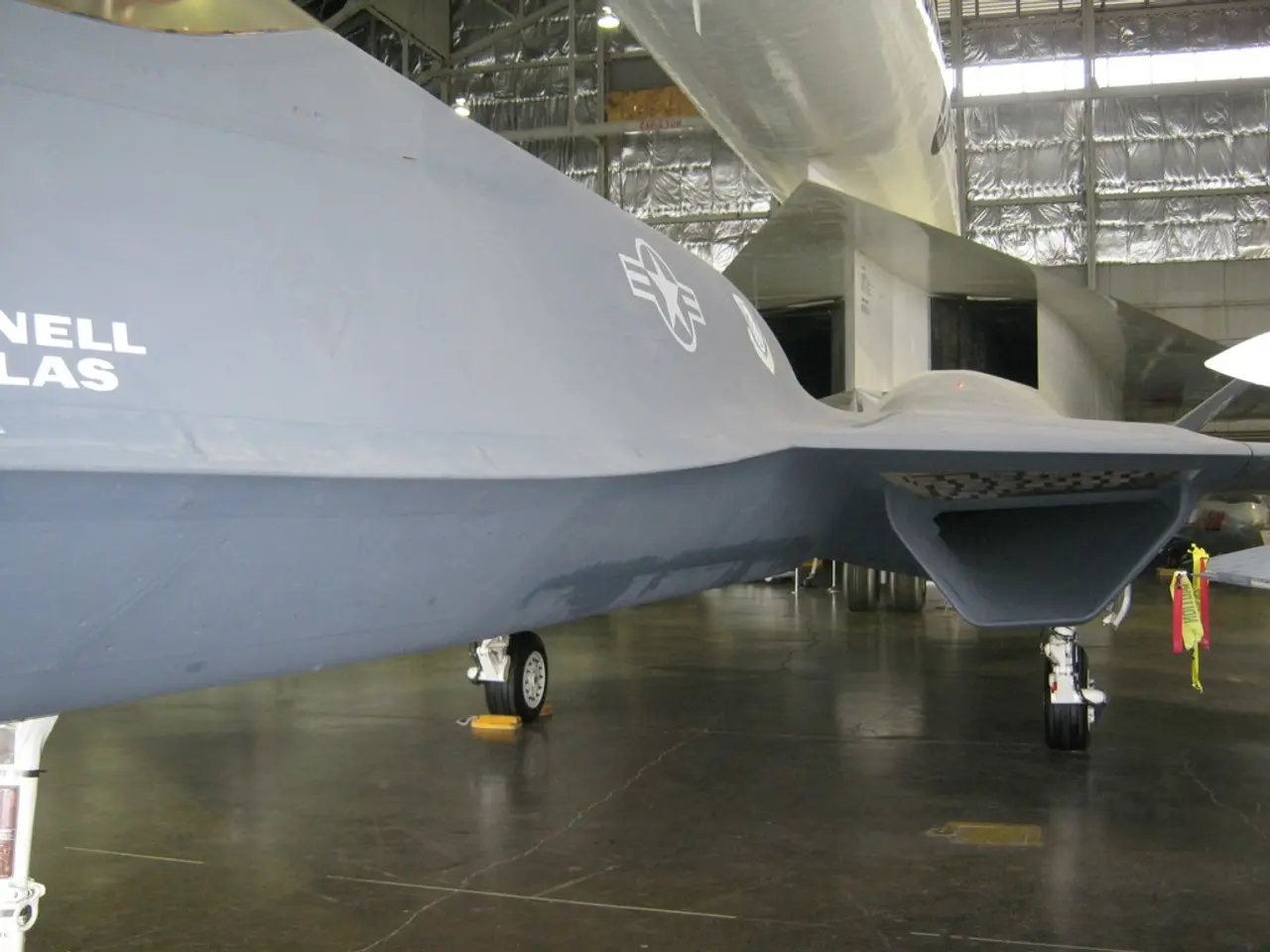U.S. Air Force Pilots Conduct Inaugural Flight of F-35 over Pacific skies with Australian counterparts
The Talisman Sabre exercise, held this year in Australia, brought together a record-breaking 19 nations and 30,000 military personnel. Among the highlights of this biannual event, which primarily focuses on the cooperation between the U.S. and Australia, was the F-35 interfly exercise between the U.S. Air Force (USAF) and Royal Australian Air Force (RAAF).
The F-35 interfly aimed to normalize and enhance interoperability among allied F-35 operators. This exercise allowed pilots from one nation to operate another nation’s F-35 aircraft seamlessly, increasing coalition agility and versatility by enabling commanders to deploy any qualified F-35 pilot in any allied F-35, expanding combat options and responsiveness in future conflicts.
Operational Interchangeability
The USAF pilots, flying RAAF F-35s for the first time, demonstrated the ease with which pilots from different nations can operate any F-35. This is due to the aircraft’s standardized systems, shared training protocols, and common cockpit design. The cross-operation lowers barriers to cooperation during coalition missions, with differences detectable only by radio voice.
Enhanced Coalition Agility and Lethality
Interfly exercises enable commanders to dynamically assign pilots and aircraft across national lines, improving sustained air operations since aircraft can fly more hours daily than individual pilots. This flexibility means combat airpower can be generated anywhere globally, increasing the F-35 coalition’s operational lethality and survivability over prolonged conflicts.
Validation of Real-time Coalition Warfighting
The interfly event is part of broader coalition readiness efforts at Talisman Sabre, which involve multiple allied nations training together to deter adversaries and refine complex, joint warfighting capabilities in the Indo-Pacific region.
Deeper Joint Training and Human Factors Integration
The RAAF’s Lightning-X initiative supports treating coalition pilots as if they were RAAF aircrew, considering medical, physiological, and human factors uniformly. This alignment reduces friction points in multi-national operations and supports seamless integration.
Strengthening Alliances in the Indo-Pacific
As the largest bilateral exercise between the U.S. and Australia, Talisman Sabre, including the F-35 interfly, reinforces strategic partnerships, builds interoperability across domains, and enhances shared readiness in a geopolitically crucial region.
In summary, the F-35 interfly during Talisman Sabre significantly advances interoperability by establishing operational equivalence among coalition F-35 forces, enabling flexible, resilient, and lethal multi-national air combat operations that strengthen allied cohesion and deterrence in the Indo-Pacific.
- The F-35 interfly exercise between the US Air Force (USAF) and Royal Australian Air Force (RAAF) demonstrated the ability of pilots from different nations to operate any F-35 aircraft seamlessly, due to the aircraft’s standardized systems, shared training protocols, and common cockpit design.
- The exercise allowed pilots from one nation to fly another nation’s F-35 aircraft, improving coalition agility and versatility by enabling commanders to deploy any qualified F-35 pilot in any allied F-35, thus expanding combat options and responsiveness in future conflicts.
- The Talisman Sabre exercise, which featured the F-35 interfly event, involved multiple allied nations training together to deter adversaries and refine complex, joint warfighting capabilities in the Indo-Pacific region, thereby strengthening strategic partnerships and building interoperability across domains.
- The RAAF’s Lightning-X initiative supports treating coalition pilots as if they were RAAF aircrew, considering medical, physiological, and human factors uniformly, reducing friction points in multi-national operations and supporting seamless integration.
- The F-35 interfly during Talisman Sabre, being part of broader coalition readiness efforts, validated real-time coalition warfighting capabilities, enhancing shared readiness in the Indo-Pacific region, where such exercises assume geopolitical importance. These initiatives underscore the role of the aerospace industry, military finance, and space force, as they contribute to the development and application of advanced aircraft technologies in military operations.








